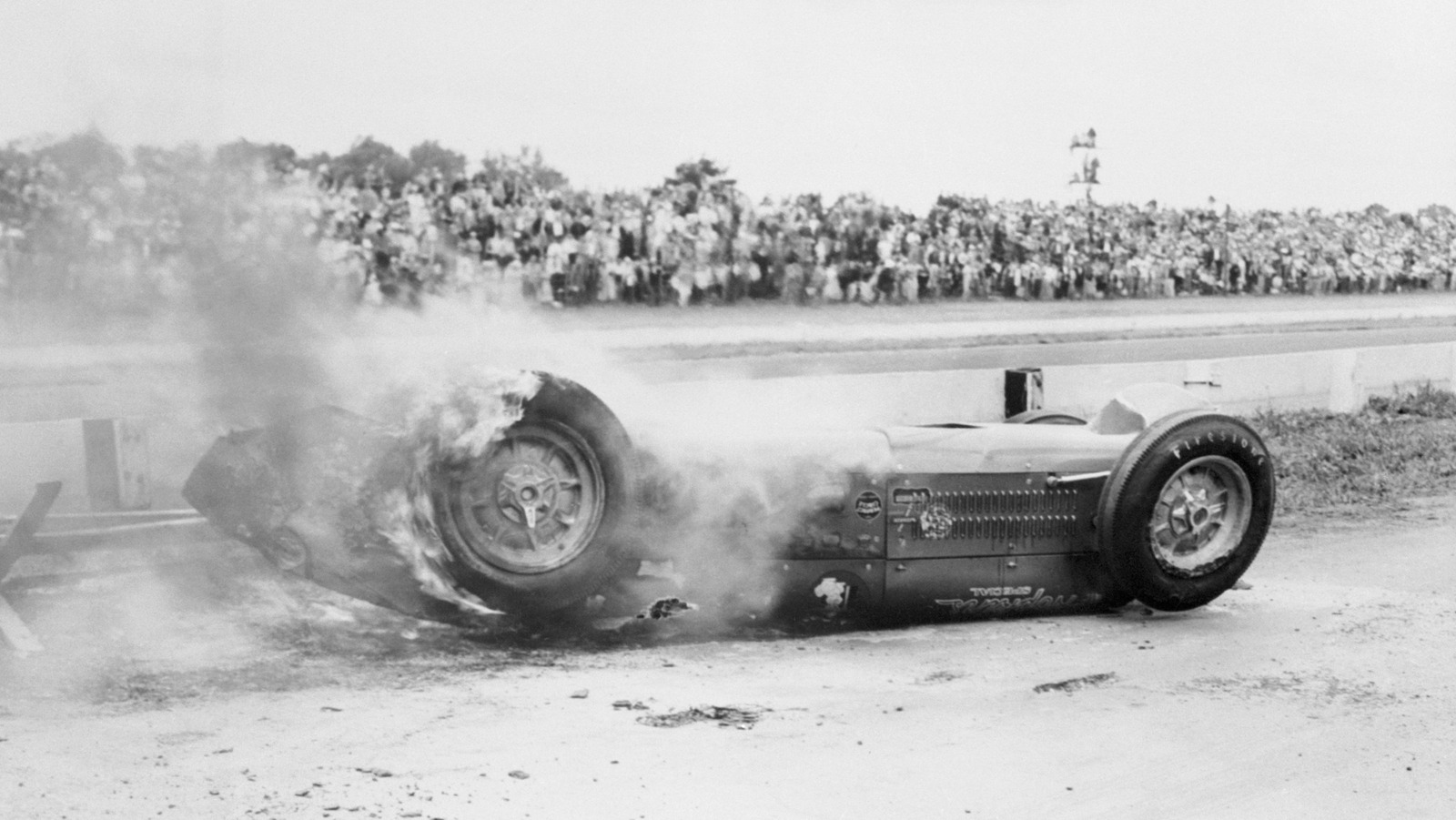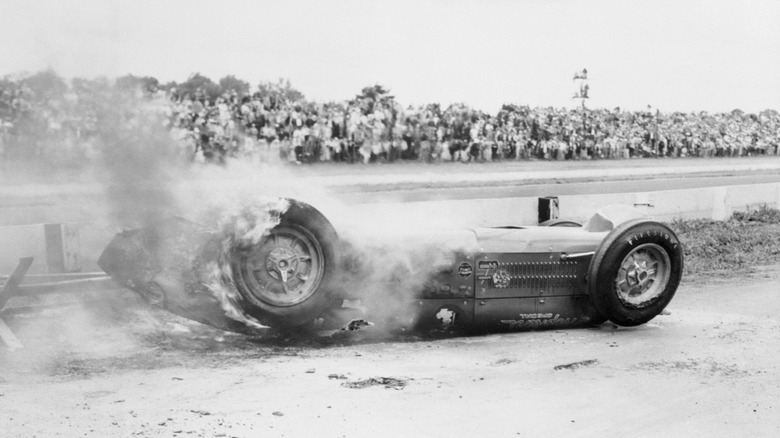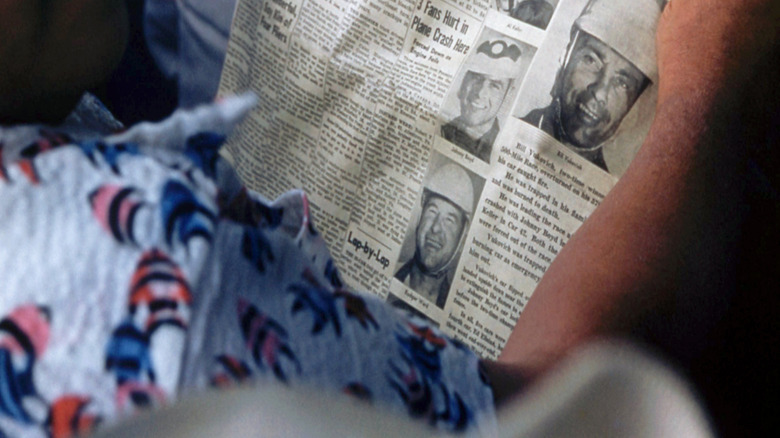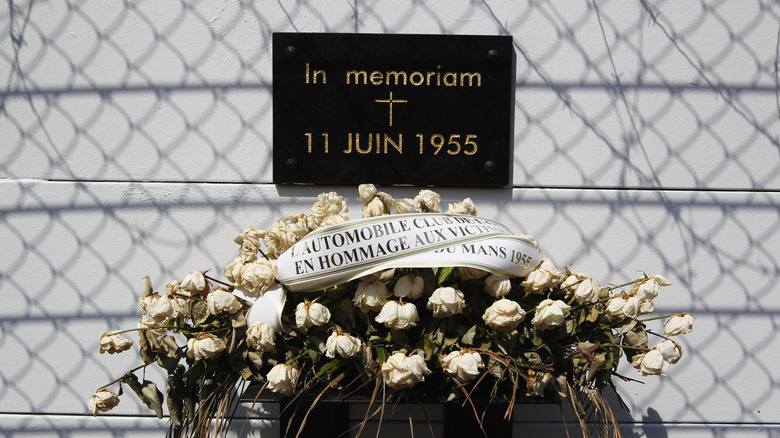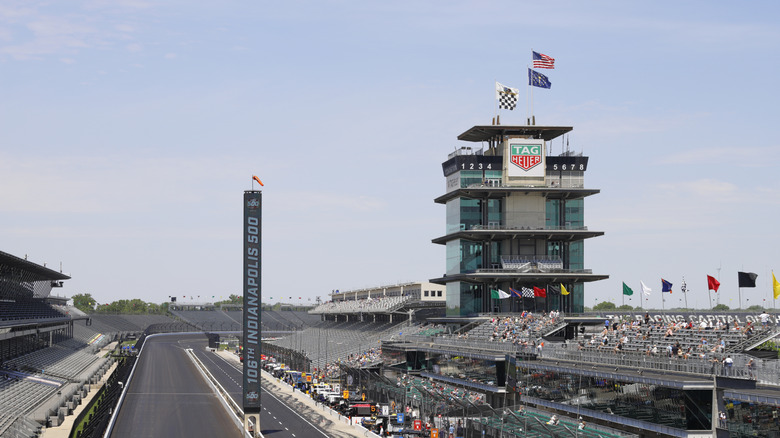Josef Newgarden will attempt to become the first driver to win three consecutive Indianapolis 500s this Sunday. The back-to-back winner has a tough task ahead of him after being relegated to the back of the field because of Penske’s most recent cheating scandal. Five other drivers have attempted to three-peat the Indy 500, and this year is the 70th anniversary of the only fatal attempt. Bill Vukovich, the 1953 and 1954 Indy 500 winner, died in a crash while leading the 1955 edition of the Memorial Day classic. His death would catalyze a movement to ban racing in the United States.
Vukovich was the greatest driver of his era and arguably the most dominant in Indy 500 history. He was born in Alameda, California to Serbian immigrants in 1918 and came to fame racing in California’s prolific midget car scene after World War II. Vukovich would be the harbinger of the 500’s Roadster Era, a fondly-remembered period when the race was dominated by machines purpose-built for the Indianapolis Motor Speedway in Southern California.
The roadsters featured engines and driveshafts mounted offset to the left of the chassis’ centerline to round corners at higher speeds. The driver’s seating position was also offset to the right and lower than traditional speedway cars, lowering the center of gravity. According to the Speedway, Vukovich himself coined the roadster misnomer when he first saw the Kurtis Kraft machine that he debuted at the 1952 Indianapolis 500.
Until his death, Vukovich was unstoppable at the Indy 500
The roadster’s debut in 1952 was a dominant outing, but Vukovich wouldn’t be sipping milk in Victory Lane. With nine laps to go, the steering linkage broke on the Kurtis. He had led 150 laps of the 200-lap race. Vukovich would return to win his first Indy 500 in 1953 after leading 195 laps in scorching 90-degree heat. While other competitors had relief drivers to take a break and cool off, he drove the entire distance solo. In 1954, Vukovich won the Indy 500 again with the same car, leading 90 laps.
In the 1955 Indianapolis 500, Vukovich took the lead during the fourth lap from pole winner Jack McGrath and steadily pulled away from the field. However, he had to worry about the lapped traffic in front of him. On Lap 56, Vukovich was collected in a multi-car crash. His car flipped multiple times and launched over the outside wall. Vukovich was killed instantly after being partially decapitated when his car struck the bridge over the track after Turn 2 while cartwheeling. The race continued to its conclusion after a 27-minute caution period, with the thousands of fans in the grandstands fully aware of the tragedy that unfolded.
A U.S. Senator wanted to ban racing
Vukovich’s death didn’t happen in a vacuum, and 1955 was the most gruesome racing season ever. Just days before the Indy 500, two-time F1 champion Alberto Ascari died testing a Ferrari. A month later, 84 people were killed at the 24 Hours of Le Mans when a Mercedes-Benz 300 SLR crashed into a spectator area. Understandably, the general public became quickly disgusted by the tragedies happening at racing tracks.
Eventually, this sentiment would make its way to Capitol Hill. Senator Richard Neuberger, a Democrat from Oregon, would implore his colleagues in the U.S. Senate to impose a nationwide ban on racing. In a July 12 speech, he stated:
“Mr. President, I think the time has come to forbid automobile racing and similar carnage in the United States. I doubt if there is as much bloodshed in Spanish bull rings as today is occurring on automobile race tracks in this country. Now, even women racing drivers are getting killed in fiery and dreadful wrecks.”
Unsurprisingly, the rest of Neuberger’s comments were as ill-informed and out of touch as today’s senators. He used ongoing discussions about comic book censorship to justify the proposed ban because children attend races. The senator also shot down notions that automakers use motorsport to develop production cars by saying, “If automobile racing is necessary to perfect motor vehicles, as proponents of racing ridiculously claim, then I suppose we next ‘will hear that we must run stallions off cliffs to improve horseflesh.”
Racing saved itself from extinction
The ban wouldn’t happen, but this threat was very real. In August, the American Automobile Association abandoned its role as the national governing body for racing to salvage the organization’s reputation. Vested interests within the sports decided to save themselves. Tony Hulman, the owner of the Indianapolis Motor Speedway, led the creation of a new sanctioning body, the United States Auto Club. While no longer governing IndyCar, USAC still exists today.
Things would play out differently in Europe after the Le Mans disaster. Most of Europe banned racing for months until safety improvements were made at race tracks. Switzerland made its ban permanent, which was eventually lifted in 2022.
While Bill Vukovich is no longer a household name, the impact of his life and death on racing is immeasurable. The roadsters would remain unbeaten at the Indy 500 until the European mid-engined car took over in 1964. Vukovich led over 71% of the laps he ever drove at the Indianapolis Motor Speedway, a record that will likely never be broken. One can only imagine what he could have achieved if he had survived in 1955.


